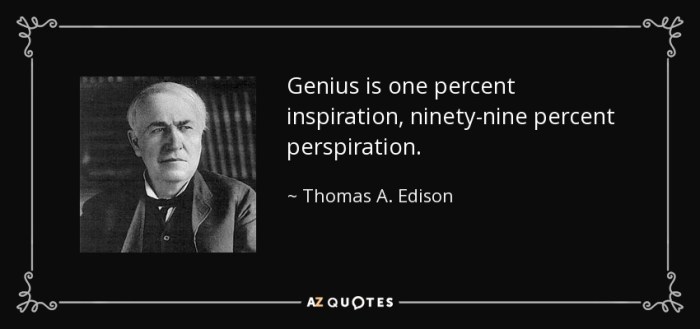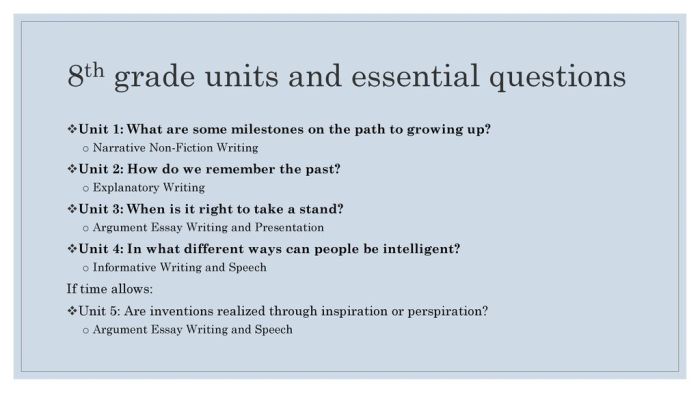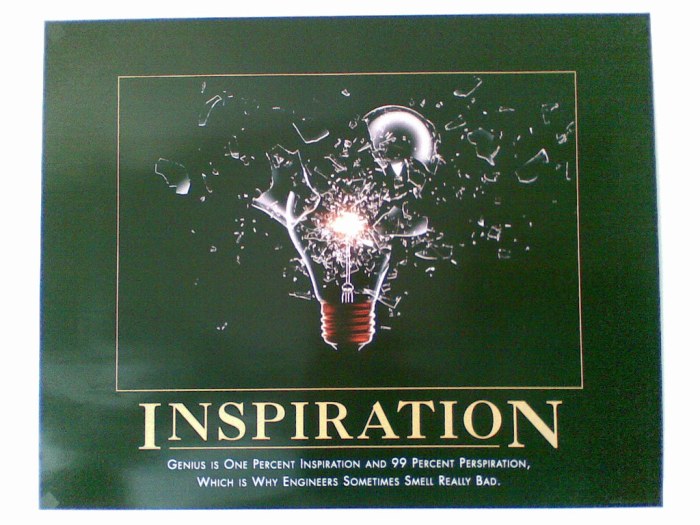Are inventions realized through inspiration or perspiration – Delving into the intriguing realm of invention, we embark on a journey to unravel the enigmatic relationship between inspiration and perspiration. This discourse explores the profound influence of both divine sparks and relentless labor in shaping the groundbreaking innovations that have transformed our world.
Throughout history, countless inventions have emerged from the ethereal realm of inspiration, where sudden flashes of insight have illuminated the path to groundbreaking discoveries. Yet, equally significant is the role of perspiration, the tireless dedication and perseverance that breathes life into these brilliant ideas, transforming them from mere concepts into tangible realities.
Inspiration vs. Perspiration

Inventions are often the result of a combination of inspiration and perspiration. Inspiration is the spark that ignites an idea, while perspiration is the hard work and dedication required to bring that idea to fruition. Some inventions are primarily driven by inspiration, while others are primarily driven by perspiration.
For example, the invention of the telephone was primarily driven by inspiration. Alexander Graham Bell was inspired by the idea of transmitting sound over wires after observing a telegraph operator sending Morse code. In contrast, the invention of the light bulb was primarily driven by perspiration.
Thomas Edison conducted thousands of experiments before he finally developed a working light bulb.
The Role of Inspiration
Individuals who are highly inspired are often characterized by their curiosity, creativity, and passion. They are constantly seeking new knowledge and experiences, and they are always open to new ideas. Inspiration can spark new ideas and drive the invention process by providing a vision of what is possible.
For example, the invention of the airplane was inspired by the Wright brothers’ dream of flying. They were inspired by the birds they saw flying and by the desire to create a machine that could fly like them.
The Role of Perspiration
Hard work, persistence, and dedication are essential for the invention process. Many inventions require years of research and development before they are ready for market. Inventors must be willing to overcome challenges and setbacks, and they must be dedicated to their work in order to succeed.
For example, the invention of the computer took decades of hard work by many different inventors. The first computers were large and expensive, but over time they became smaller, faster, and more affordable. This was due to the hard work and dedication of many different inventors who were committed to making computers a reality.
The Interplay of Inspiration and Perspiration, Are inventions realized through inspiration or perspiration
Inspiration and perspiration often work together in the invention process. Inspiration can spark an idea, while perspiration is required to bring that idea to fruition. For example, the invention of the automobile was inspired by the desire to create a machine that could travel faster than a horse.
However, it took years of hard work and dedication by many different inventors to develop the first automobile.
Environmental Factors
The invention process can be influenced by a variety of environmental factors, including cultural, social, and economic conditions. For example, the invention of the printing press was made possible by the development of paper and ink. The invention of the computer was made possible by the development of transistors and integrated circuits.
Personal Attributes
Successful inventors often share certain personal qualities and characteristics, such as curiosity, creativity, and resilience. Curiosity drives inventors to explore new ideas and to seek out new knowledge. Creativity allows inventors to come up with new and innovative solutions to problems.
Resilience allows inventors to overcome challenges and setbacks.
Question Bank: Are Inventions Realized Through Inspiration Or Perspiration
What is the difference between inspiration and perspiration?
Inspiration refers to the sudden influx of creative ideas, while perspiration encompasses the sustained effort and hard work required to bring those ideas to fruition.
Can inventions be realized solely through inspiration?
While inspiration can ignite the spark of an invention, it is typically insufficient to carry it through to completion. Perspiration, in the form of experimentation, refinement, and perseverance, is essential for transforming inspiration into tangible innovations.
How can we foster both inspiration and perspiration in the invention process?
Creating an environment that encourages curiosity, exploration, and collaboration can nurture inspiration. Simultaneously, instilling a culture of perseverance, resilience, and a willingness to embrace challenges can promote perspiration.


